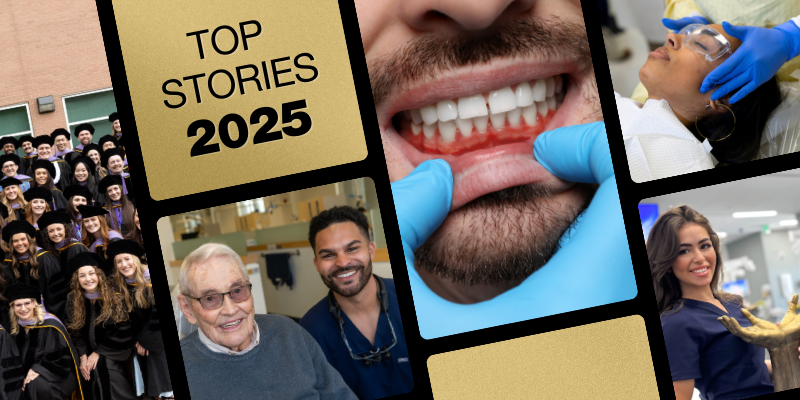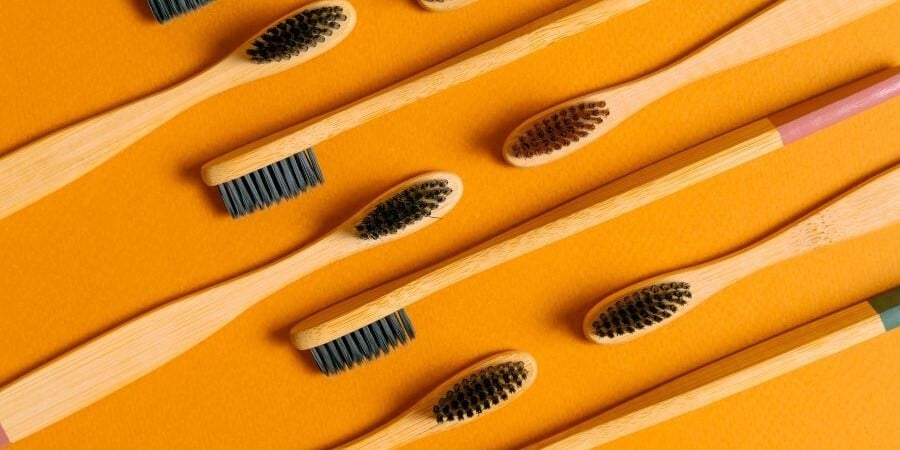To help commemorate National Gum Care Month this September, the University of Colorado School of Dental Medicine’s Graduate Periodontics Program residents are sharing their advice on how to take care of your oral health.
Think it’s as simple as brushing your teeth? Well, that’s certainly number one on the list, but there’s more to gum care than you may think. Do you know what pressure setting your water flosser should be on? Or how often to replace your electric toothbrush head? Read on to discover what might be missing from your oral health care routine.
From our graduate periodontics residents and everyone at the CU School of Dental Medicine, Happy Gum Care Month!



